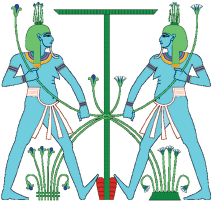
Hapi from the South and North with lotus and papyrus crowns, a common temple relief. Tying both plants together—joining Upper and Lower Egypt.

Hapi from the South and North with lotus and papyrus crowns, a common temple relief. Tying both plants together—joining Upper and Lower Egypt.
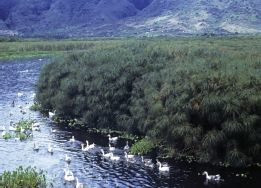
Birdlife at the edge of a papyrus swamp.
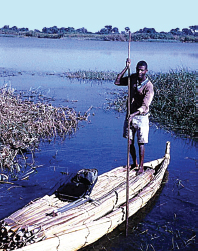
Papyrus canoe on Lake Tana built using an ancient design.

Papyrus stems and rhizome from an African swamp.
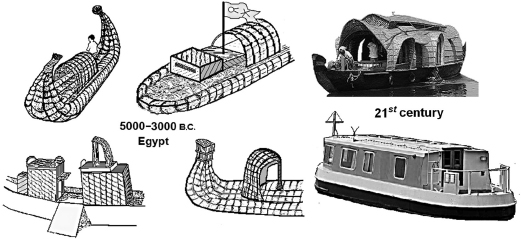
Shed, vaulted, and cupola-roofed cabins on papyrus boats that served as housing for some Egyptians in pre-dynastic times (after Badawy) compared to a modern thatched tour boat in Kerala and a modern European houseboat.
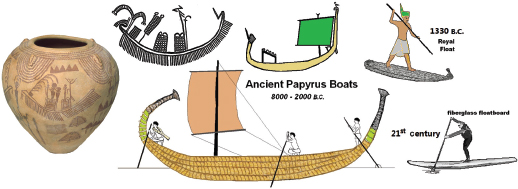
The first sail boat, an ancient papyrus vessel with papyrus sail, after vase paintings (3500 B.C.), a papyrus float of King Tutankhamun’s time (1330 B.C.), and a modern fiberglass floatboard.
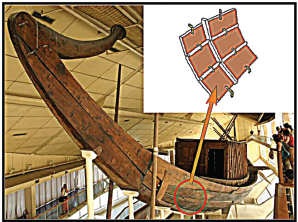
Cheops’s famous solar boat reassembled with stitched planks (after Alex Lbh).
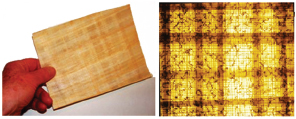
A piece of papyrus paper and looking at it against the light.

Stems of papyrus in Uganda to be used by matmakers (Denny, 1987).
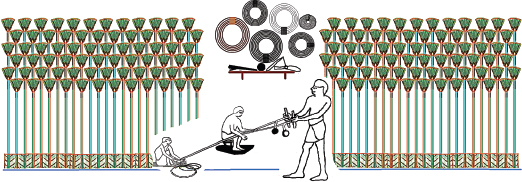
Ropemakers in a workshop near a papyrus swamp. On the workshop wall are coils of rope, tools, and supplies. The stones hanging on the ropes were used to gauge tensile stress (adapted from a drawing in Khaemwaset’s Tomb, Saqqara).

Collecting papyrus from a swamp, Tomb of Puyemra, Thebes 1400 B.C. (after N. de Garis Davies).
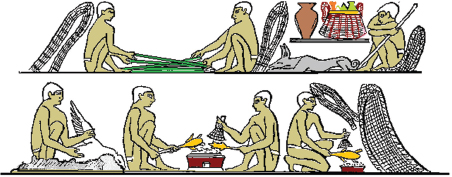
Herdsmen camped out near a papyrus swamp during the Old Kingdom. Note numerous floats made of papyrus used to support the heads of cattle when they swam (after Erman).

Papyrus huts of Africa (after Macleod and von Rosen). Papyrus hut (A) on a swamp island in Lake Chad; B, Bedchamber in a Lake Chad swamp made with tightly tied bundles of papyrus formed into arches (the papyrus house is then built around this); C, another papyrus house on Lake Chad; D, Typical papyrus hut in the floodplains of East Africa; E, Papyrus hut in a Zambian swamp; and F, Marsh Arab reed house in Iraq for comparison.
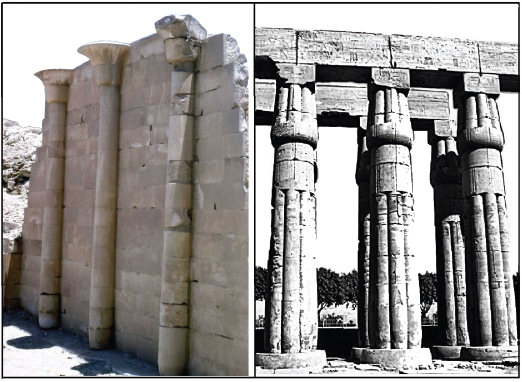
The engaged columns of Saqqara and the bundled reed columns of Luxor, all carved to represent papyrus stems.
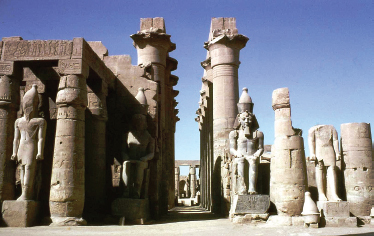
The great colonnade at Luxor, looking through to the hypostyle hall in the near distance.
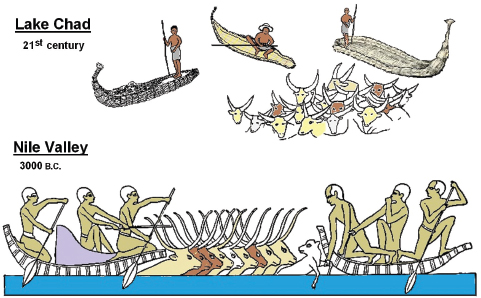
Twentieth century Yedina in papyrus skiffs on Lake Chad swimming cattle, much like Egyptian cowboys of 5,000 years ago (based on Macleod and Erman).

Sarah abandoned in the Sudd in 1985 (UNEP).

Spectrometric scan of Indonesia, 1997 (NASA).
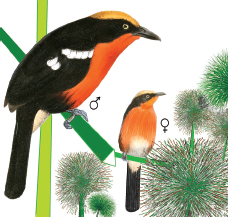
Papyrus Gonolek (Laniarius mufumbiri after Grönvold).
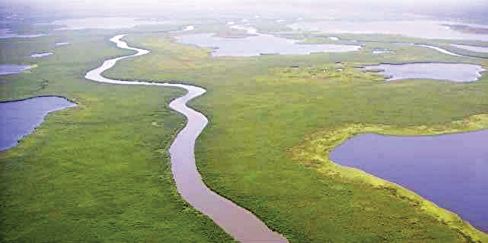
Aerial photo of the Sudd—extensive papyrus swamp with main channel of the White Nile running through it (courtesy Petersen).
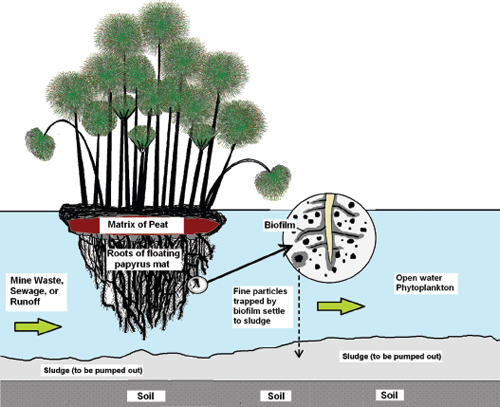
Floating mat of papyrus serving as a filter swamp, biofilm on roots and the sludge settling process.
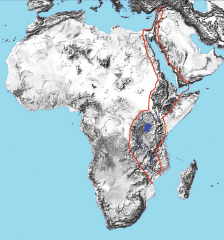
The Great Rift Valley from Turkey to Mozambique.
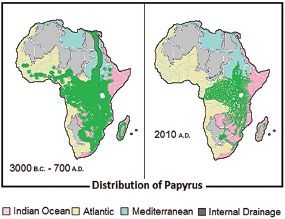
Distribution of papyrus years ago and today.